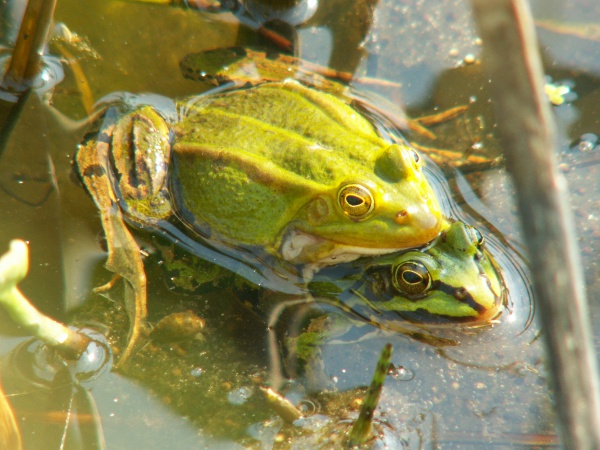Facts About Edible Frog
Pelophylax is a genus of true frogs found throughout Eurasia, with some species even extending into northern Africa. The genus was first established by Leopold Fitzinger in 1843 to differentiate the green frogs of the Old World from Carl Linnaeus' brown pond frogs, which were classified under the genus Rana. Often referred to as water frogs, these amphibians typically inhabit aquatic environments during the summer.
Over the years, the classification of Pelophylax has been a subject of considerable debate. Many researchers have, at times, included the green frogs back into the broader Rana genus, causing significant confusion. However, recent molecular studies have confirmed that Pelophylax is indeed a distinct genus within the Raninae subfamily, separate from Rana. Despite this clarification, the exact composition and evolutionary relationships of the Eurasian green frogs within Pelophylax remain under investigation, particularly due to the complexity and hybridization events within the group.
Pelophylax belongs to a larger assemblage that includes other genera such as Babina, Glandirana, and Hylarana, which many scientists previously grouped under Rana. Currently, Pelophylax sensu lato encompasses 25 species, including some hybrid species. Notable examples within this genus are Pelophylax lessonae, Pelophylax ridibundus, and Pelophylax saharicus. Hybrid species include Pelophylax kl. esculentus and Pelophylax kl. grafi.
There remain uncertainties and ongoing research aimed at clarifying the relationships within Pelophylax and its closest relatives. One historical species, "Hyla" ranaeformis, is sometimes associated with Pelophylax but is considered a nomen oblitum, meaning it is a forgotten name.

 North Macedonia
North Macedonia